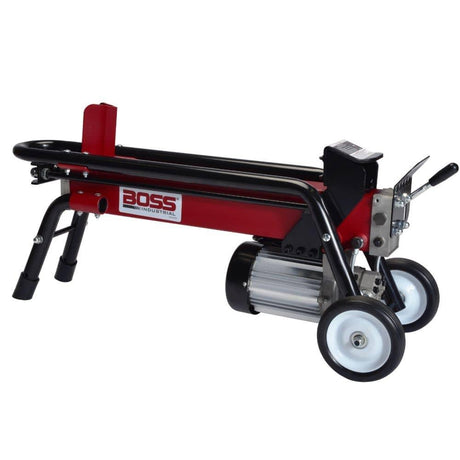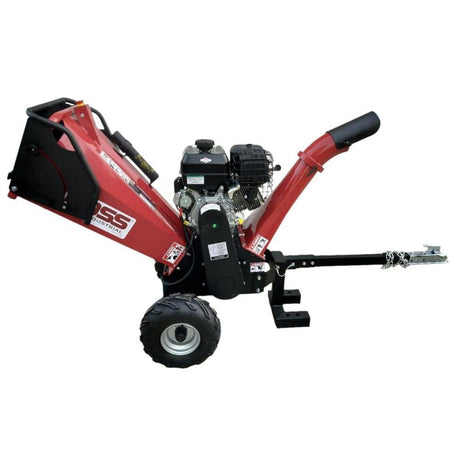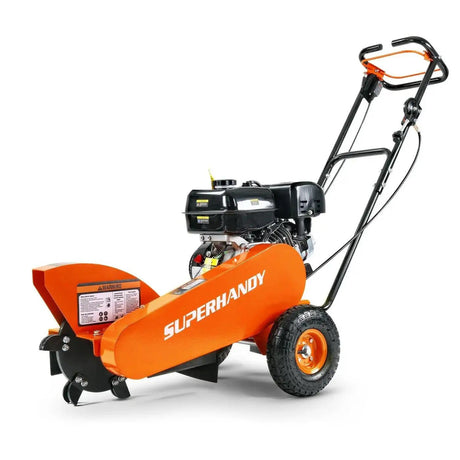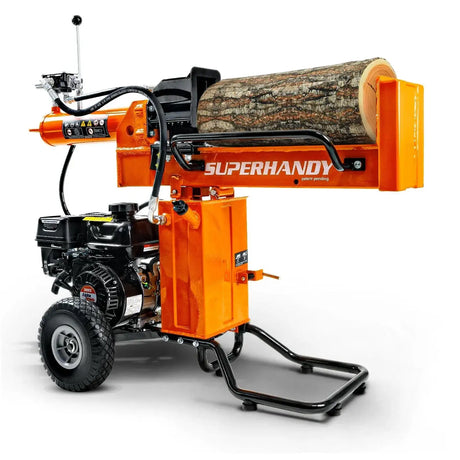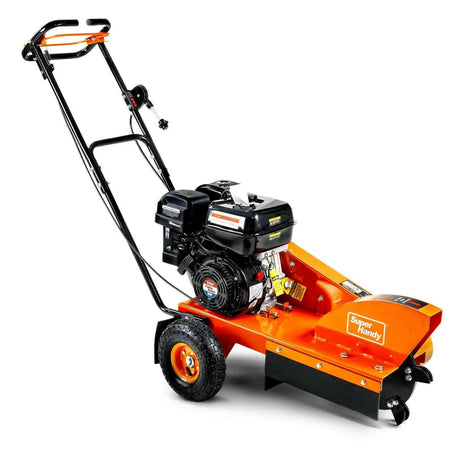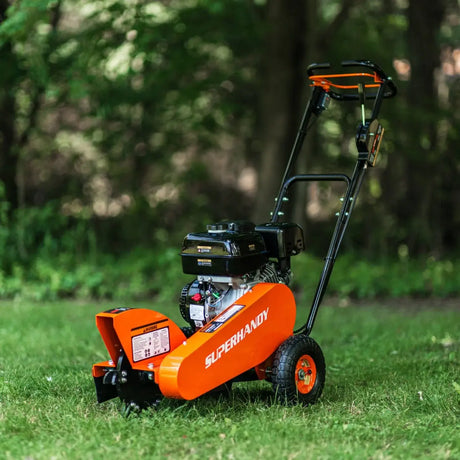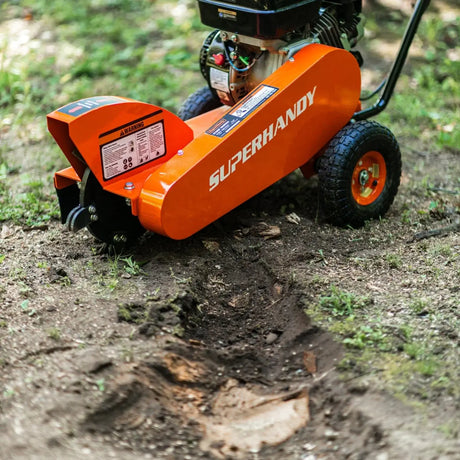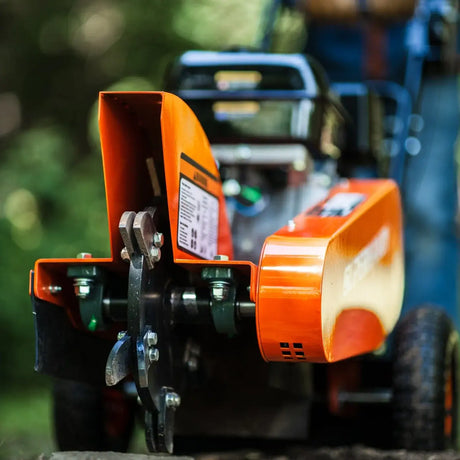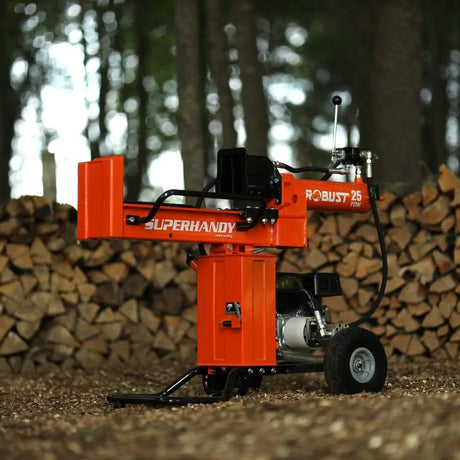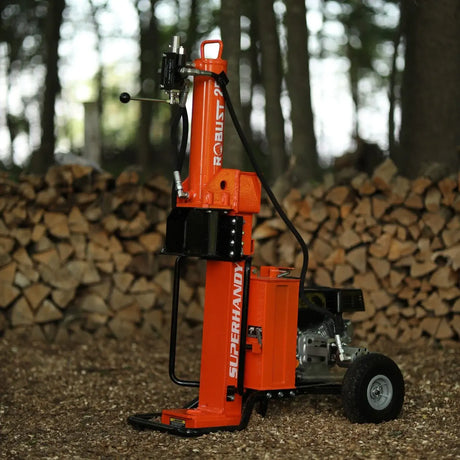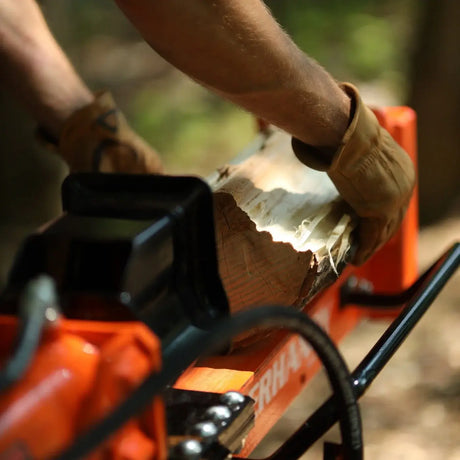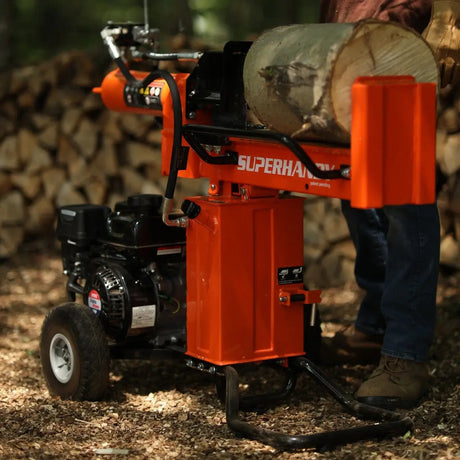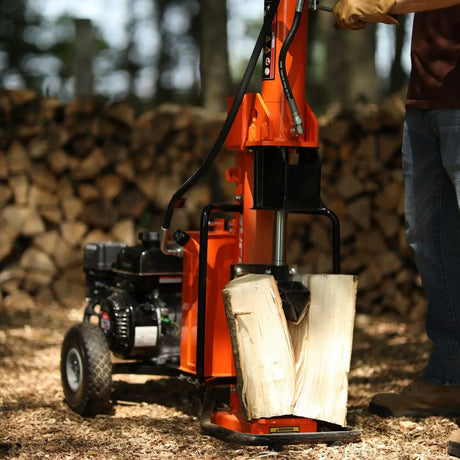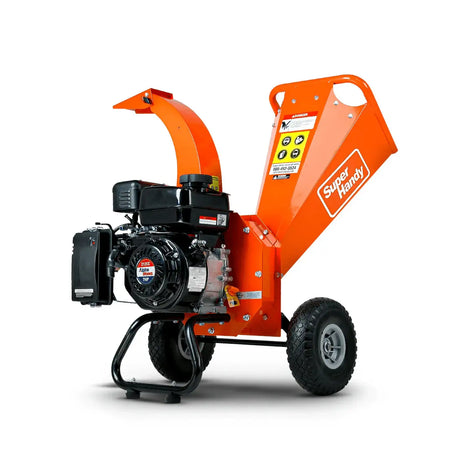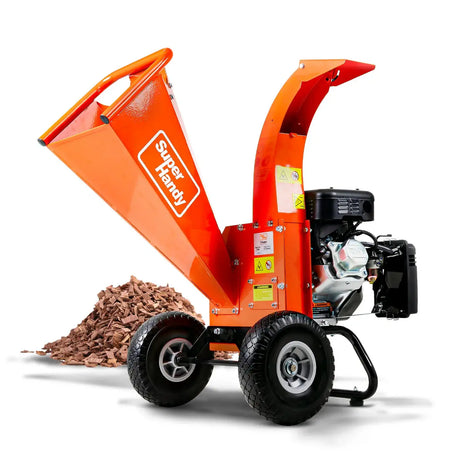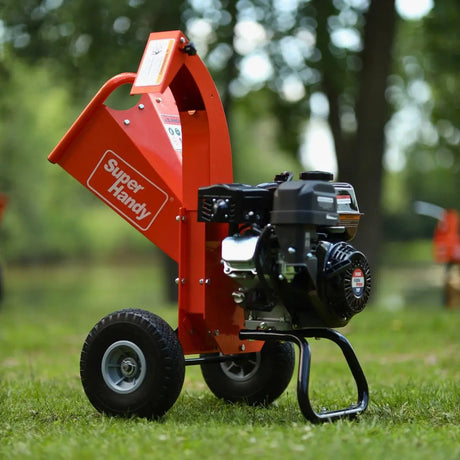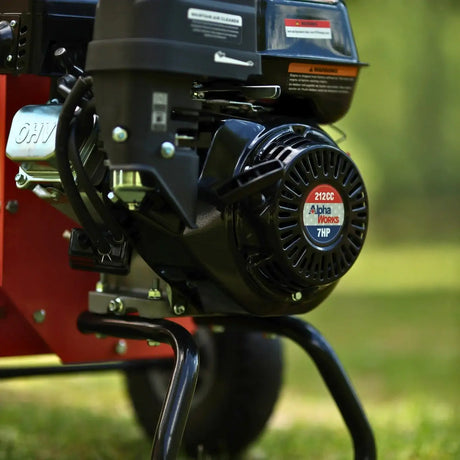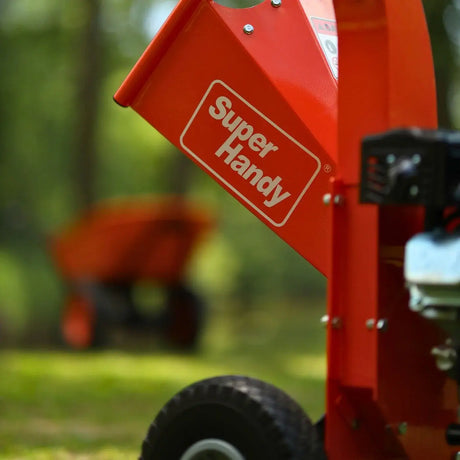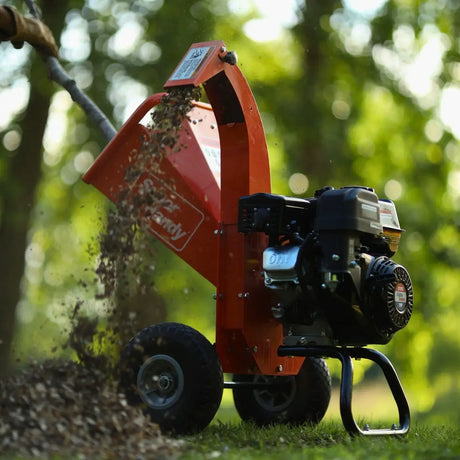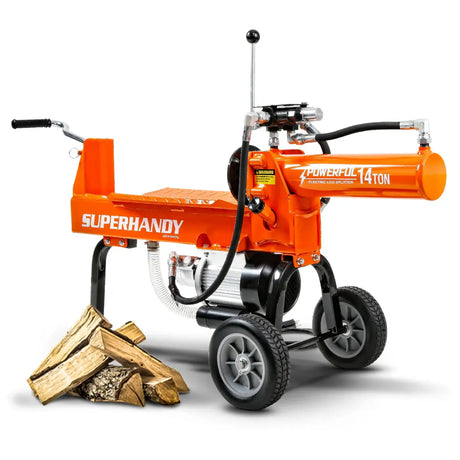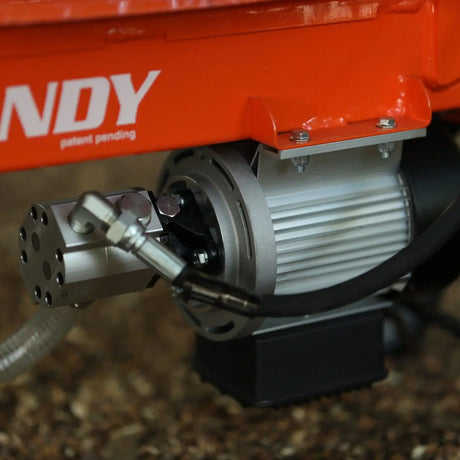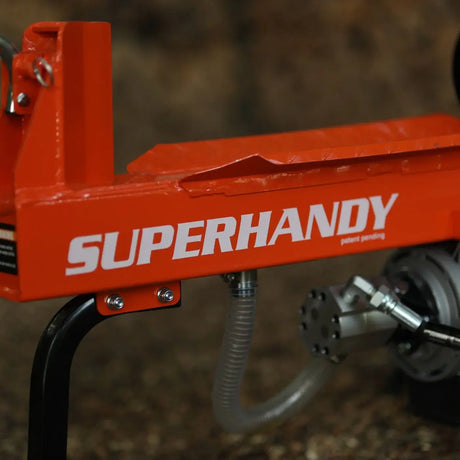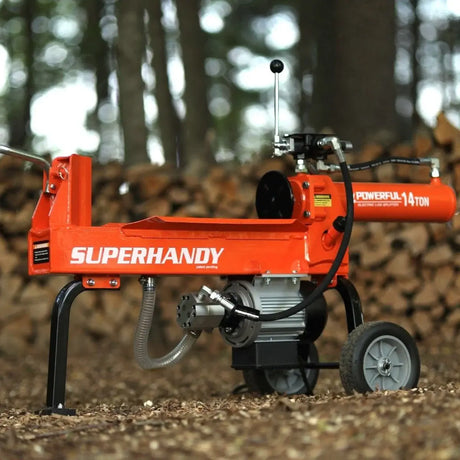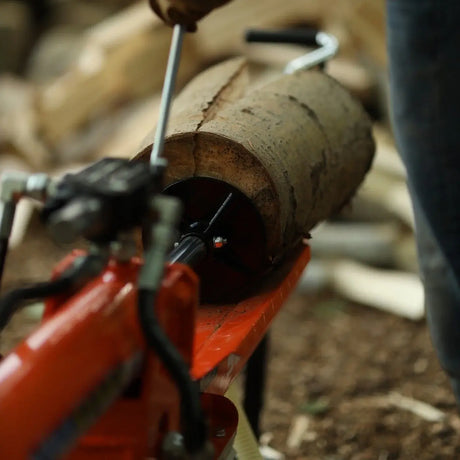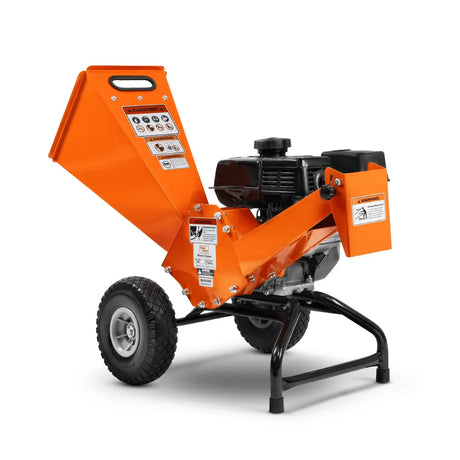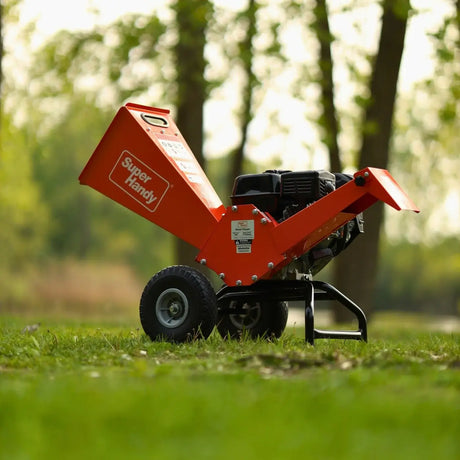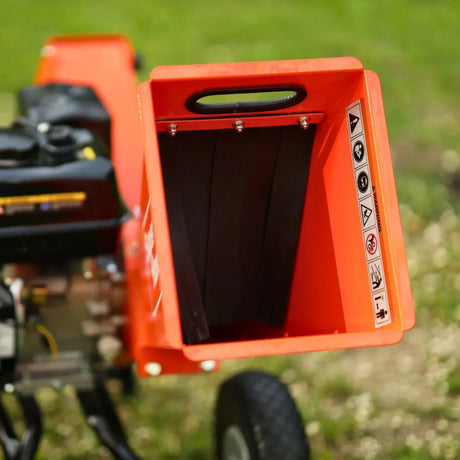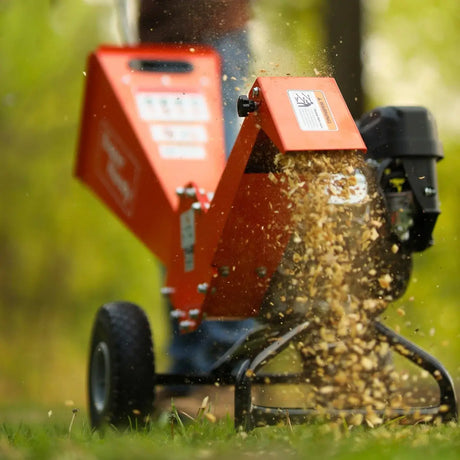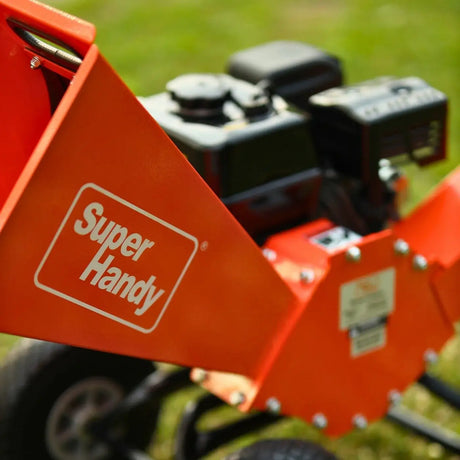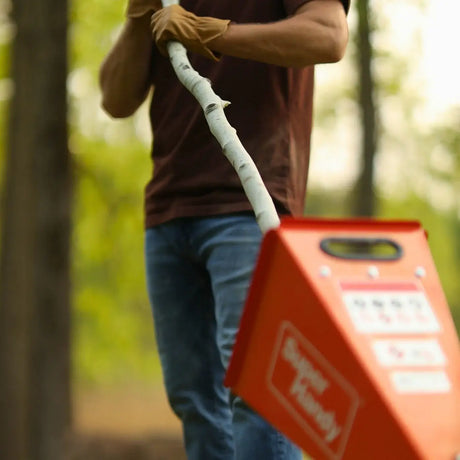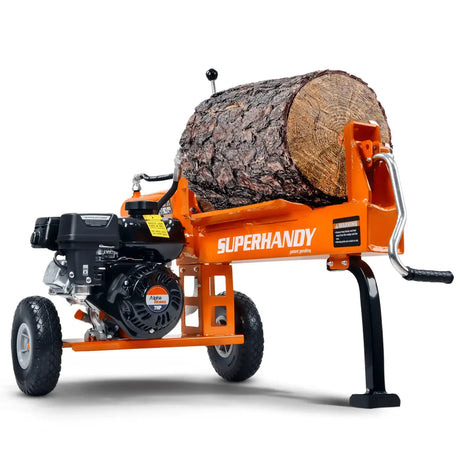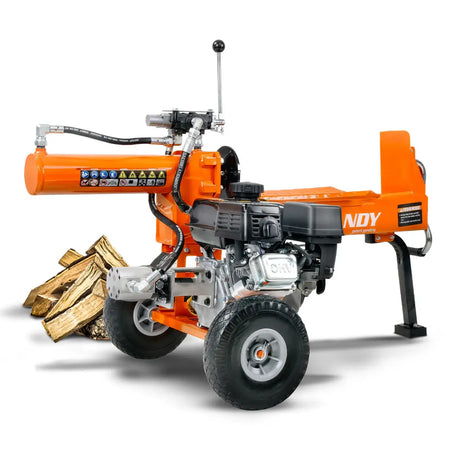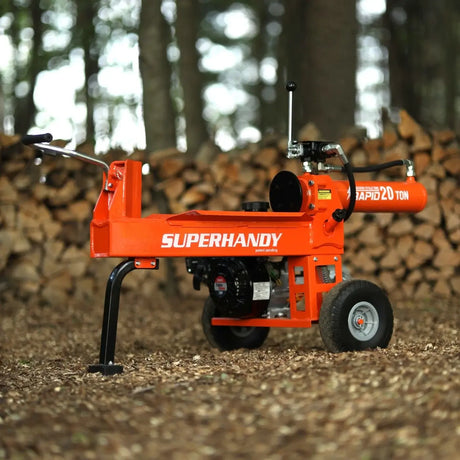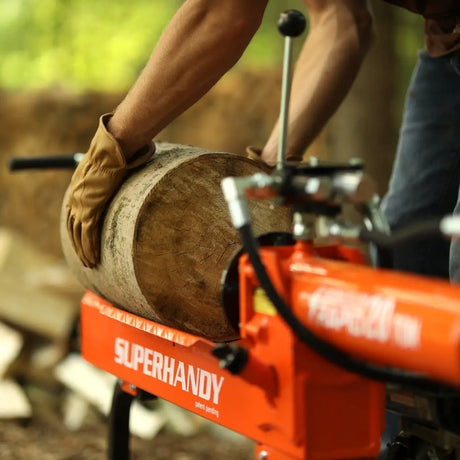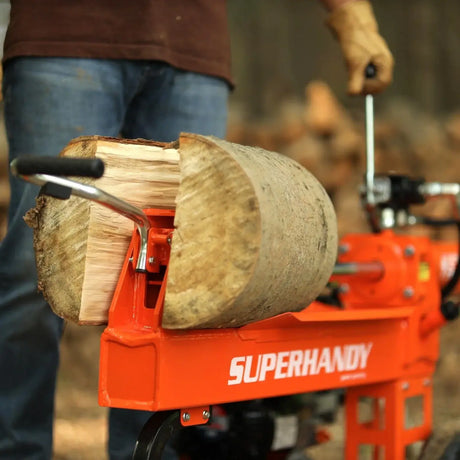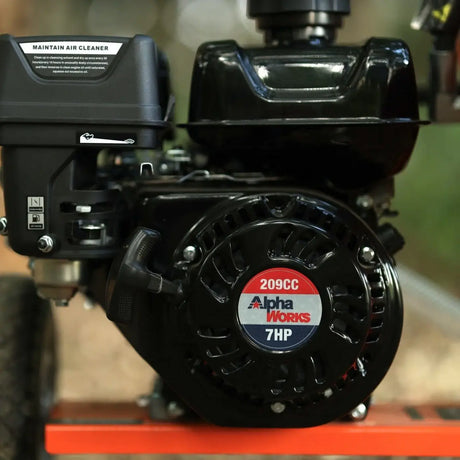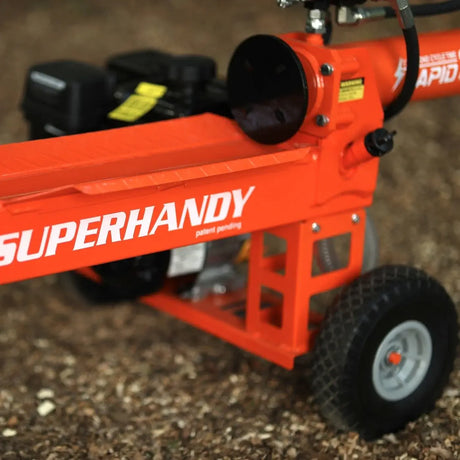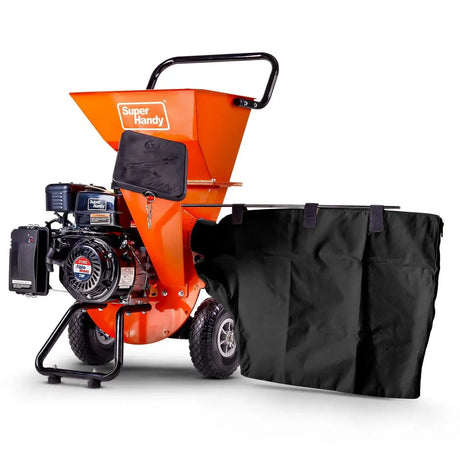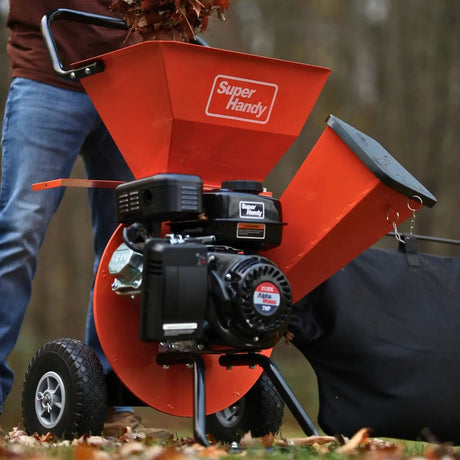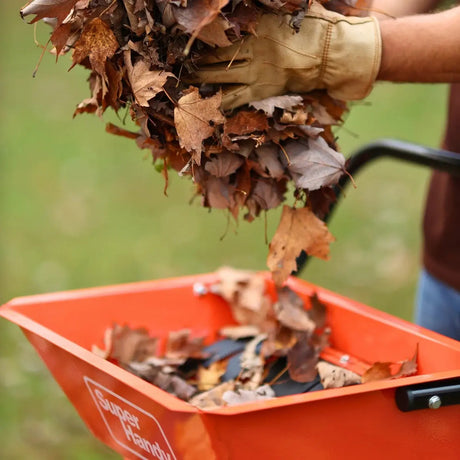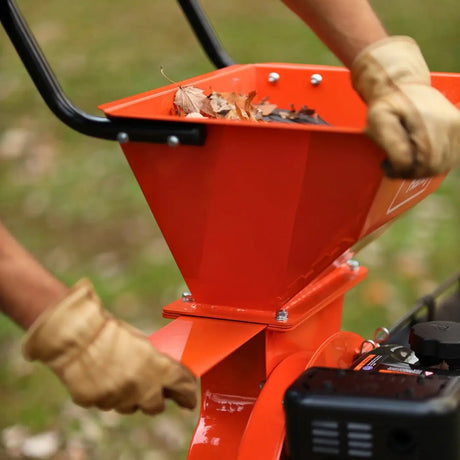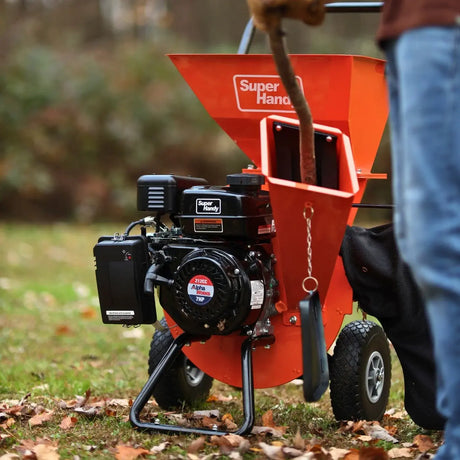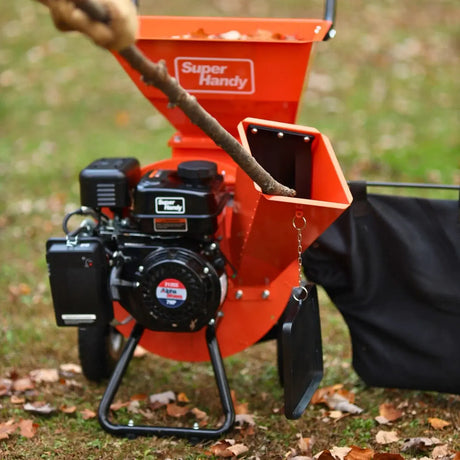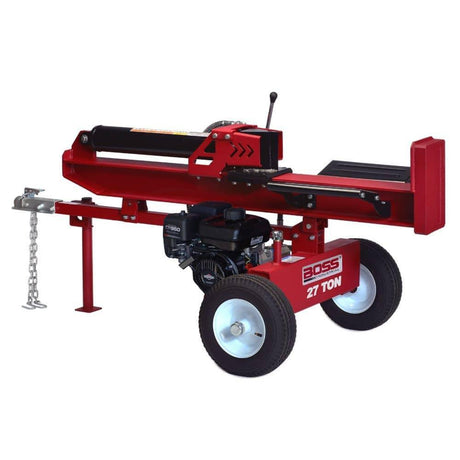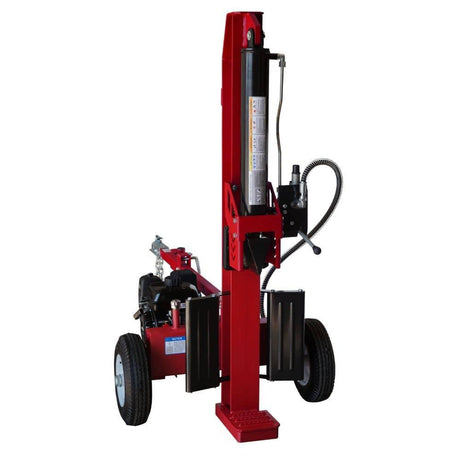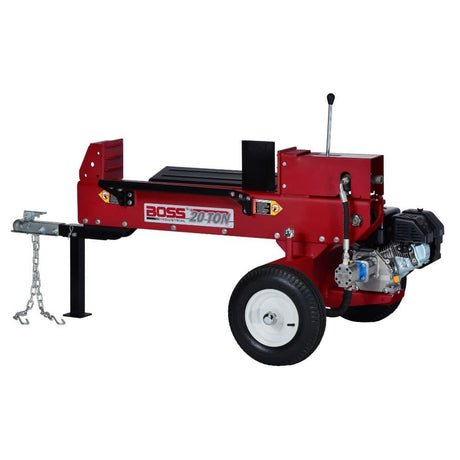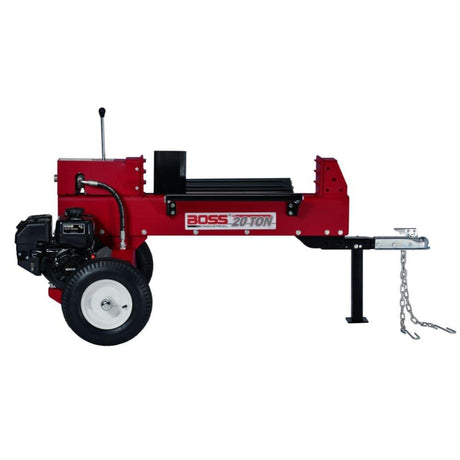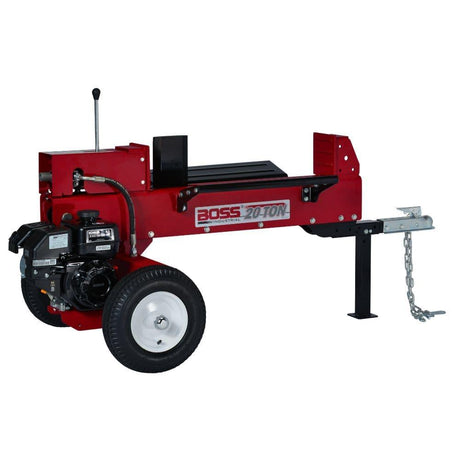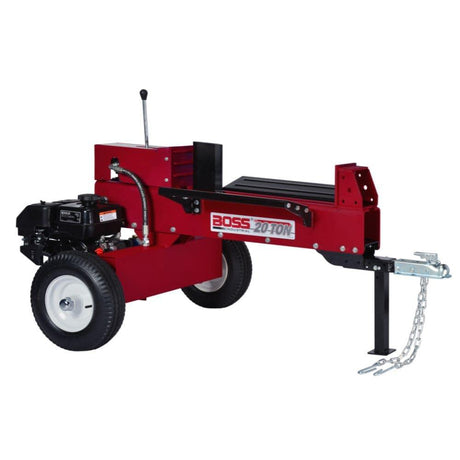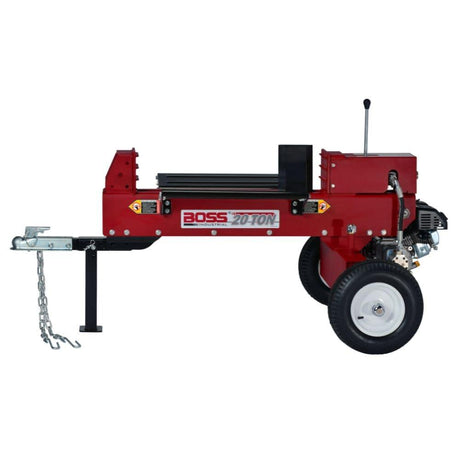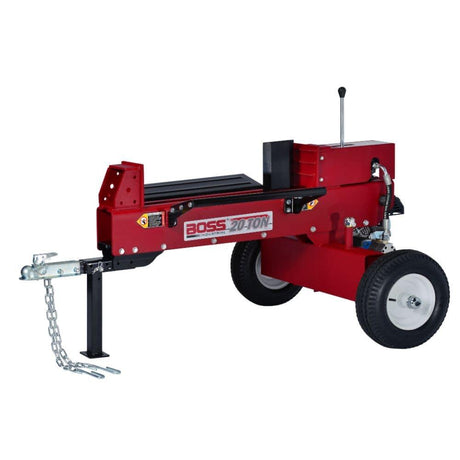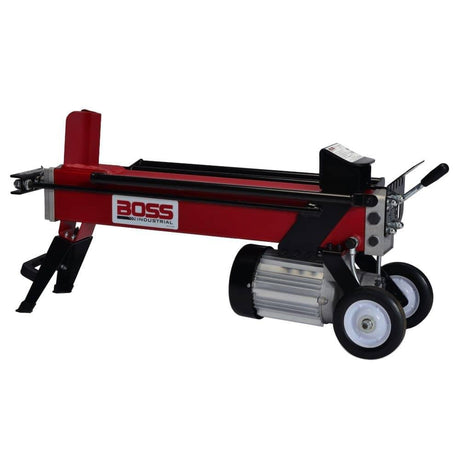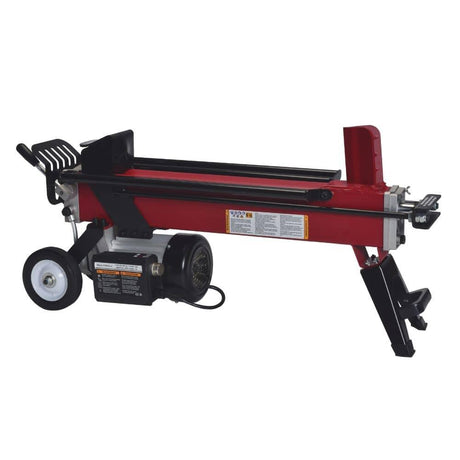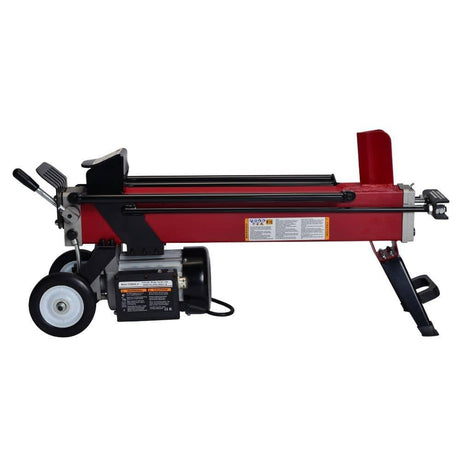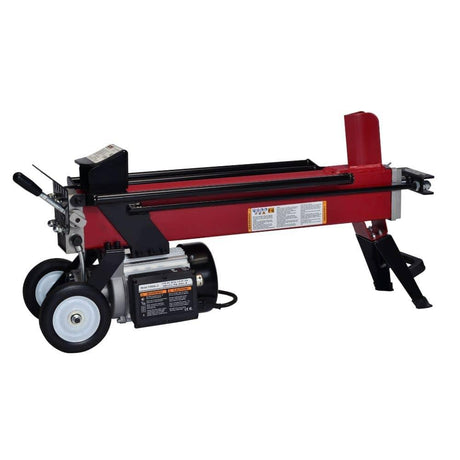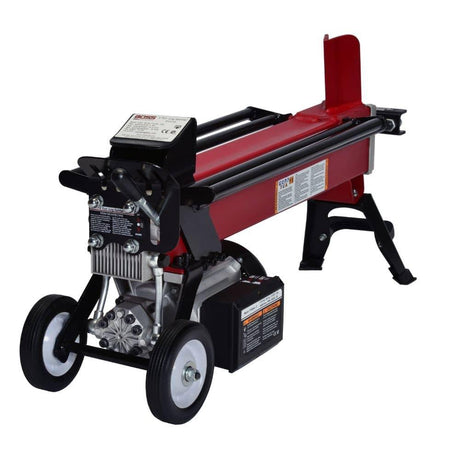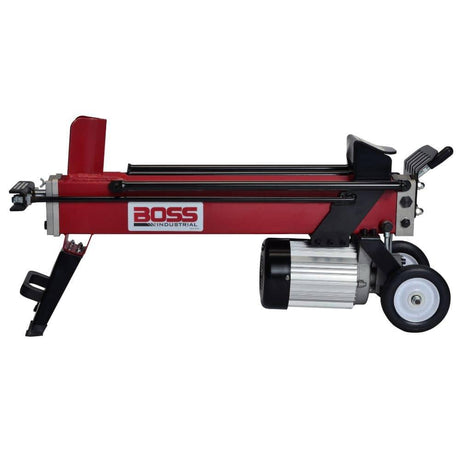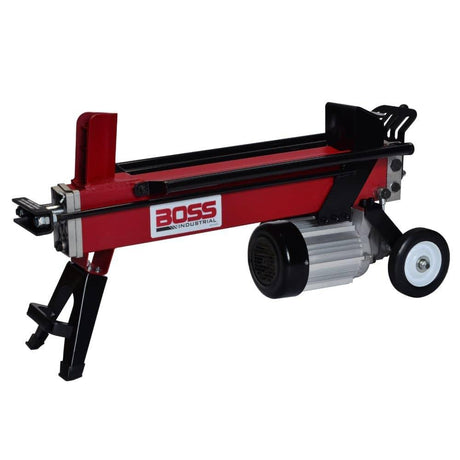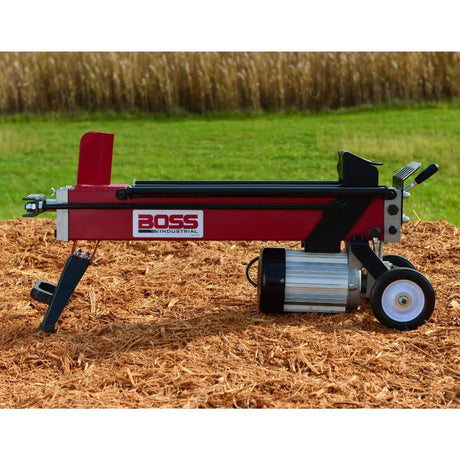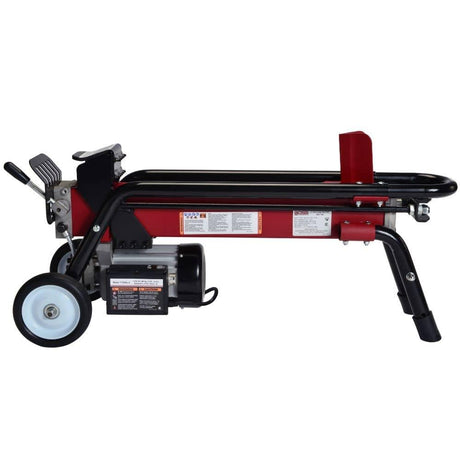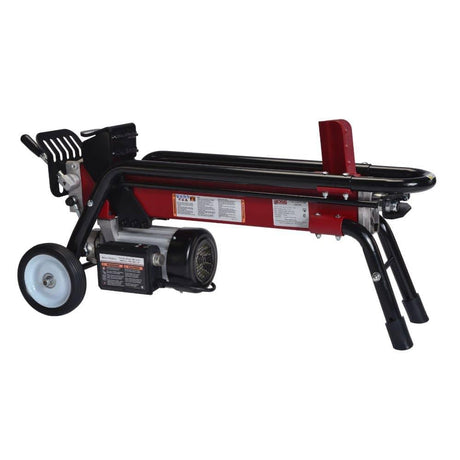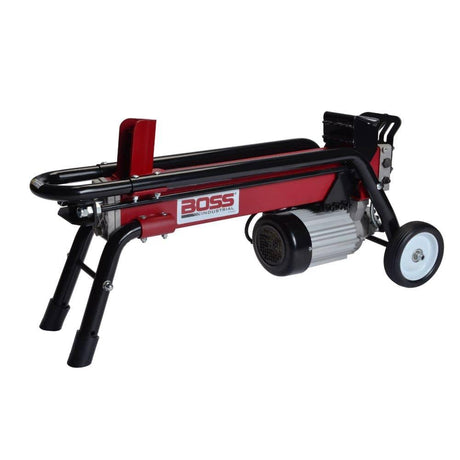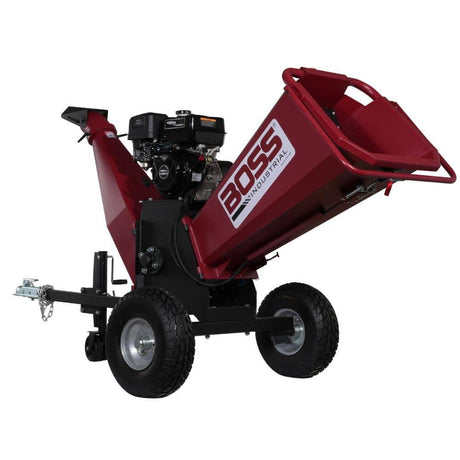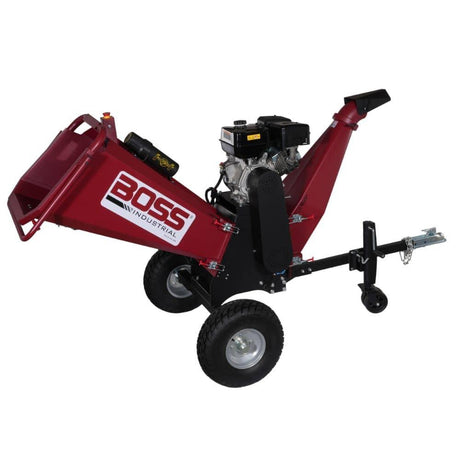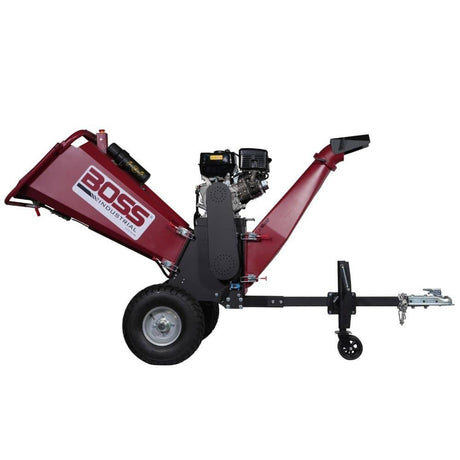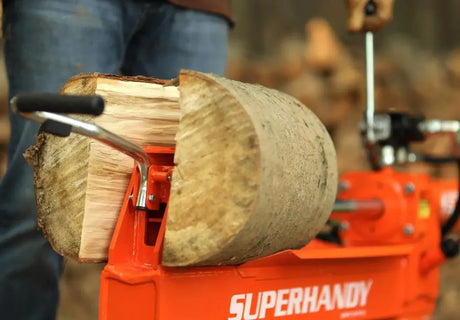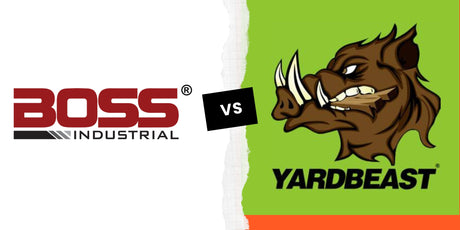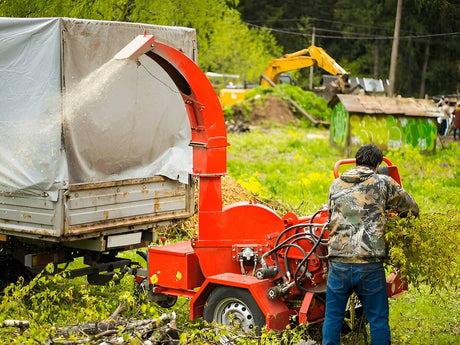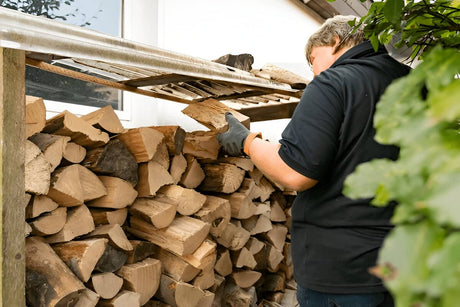If you've recently had a tree removed, or you've been living with that same old tree stump for years, you might be wondering: Is it really worth getting rid of it? Truth is, that leftover stump could be doing more harm than you realize.
In this guide, we'll walk through the real signs that it's time to consider stump removal - and why a stump grinder might be exactly what your yard needs.
If you’re still weighing options, see our guide on choosing the right stump grinder size to make an informed decision.
Key Takeaways
- Old tree stumps attract pests, cause safety risks, and complicate lawn care.
- Stump grinding is fast, efficient, and more eco-friendly than chemical or manual methods.
- Investing in stump grinding services improves tree health, protects nearby plants, and frees up your outdoor space.

Stump Attracts Pests
An old tree stump is prime real estate for pest infestations. As the decaying wood softens, it invites termites, carpenter ants, and other wood boring insects - the kind that don't just stop at the stump.
More risks to watch for:
- Powderpost beetles lay eggs inside the stump, and their larvae can burrow into nearby fences or sheds.
- Fungal growth on decaying stumps creates slippery surfaces and attracts rodents like raccoons or rats.
- Carpenter ants often nest in moist wood, potentially migrating to your home's structure.
I've seen untreated stumps cause infestations that spread to fences, sheds, and even homes. If the stump is near your foundation or fruit trees, you're inviting more than just bugs - you're risking costly structural damage and rot.
Learn more about why old stumps hurt your yard in 3 Reasons Your Old Stump Is Hurting Your Yard.
Stump grinding eliminates the source before the problem spreads. Learn more about how stump grinders work in our comprehensive guide.

New Shoots Sprouting
Leftover tree roots from a removed tree often continue producing new growth for years. These shoots pull moisture and nutrients from the soil, competing with nearby plants and weakening your overall landscape.
Why regrowth is a bigger problem than you think:
- Certain species like sweetgum or Chinese elm are notorious for aggressive shoot sprouting from old tree roots.
- Cutting these shoots back repeatedly can actually stimulate more root growth, worsening the problem over time.
- These sprouts pull nutrients away from your nearby plants, weakening your overall landscape health.
This is especially common with fast-growing species where trees naturally grow back aggressively. And cutting those shoots weekly? That's a losing battle.
By grinding stumps and targeting the entire stump, you cut off the root system's energy source. That means no more regrowth - and a healthier garden for your surrounding plants.

Complicates Lawn Maintenance
If you've ever tried to mow around a tree stump, you know how frustrating it is. It gets in the way of your lawn mower, leaves a patch of uneven ground, and turns simple jobs into tedious work.
Hidden challenges you might not expect:
- Exposed roots from stumps make robot mowers ineffective and disrupt irrigation layout.
- Stump removal is critical if you're installing new sod or planning to re-grade your lawn area.
- Uneven ground around the tree stump leads to pooling water and mower blade damage.
Not to mention:
- You risk hitting exposed roots
- Your mower blades dull faster
- It disrupts edging, raking, and cleanup
Over time, stump removal saves hours of maintenance - and a few repair bills. But how long does the grinding process take? Find out in our detailed timeline analysis.

Potential Safety Hazards
A tree stump may seem harmless, but it can be a significant safety hazard-especially for kids and pets running through the yard. Whether hidden under grass, leaves, or snow, it can pose significant safety risks, especially to kids and pets running through the yard.
Even worse, decaying stumps can cave in and form soft spots in the ground - dangerous if you're walking, working, or using power equipment.
Safety risks can extend beyond tripping:
- Moss and fungal growth on the surface can make the stump slick after rain or irrigation.
- Soft spots from underground rot may cause unexpected collapses when stepped on or driven over.
- Hidden tree roots create uneven terrain, which is hazardous for snow removal, leaf blowing, or yard work.
Removing stumps also prevents injury during landscaping projects where underground utilities might be nearby. It's not just about looks - it's a real safety hazard.

Risk of Disease Spread
Dead stumps don't just rot - they can host fungal growth, mold, and tree disease that affects healthy trees nearby.
I've seen cases where a dying tree was removed, but the stump was left behind - only to infect young trees or stress nearby healthy trees through shared roots or soil. Once diseases like root rot take hold, they're hard to stop. Left unchecked, disease can compromise the tree's internal structure, leading to decay in the hollow trunk of nearby trees.
Common tree diseases that spread via old stumps include:
- Armillaria root rot, which can live in the soil for years and infect new plantings.
- Phytophthora and other root diseases that stunt or kill young trees.
- Fruit trees are especially vulnerable, often declining rapidly if planted near a diseased or rotting stump.
If you're dealing with diseased trees or suspect fungi, professional stump grinding is your best defense.
Infected stumps can also lead to the decay of dead branches and even trigger the fall of large dead branches from nearby trees.

Benefits of Using a Stump Grinder
Once you understand the risks of ignoring tree stump removal, it's clear why more homeowners are turning to stump grinding. Here's why it works.
Faster Removal
Compared to digging, burning, or chemical rotting - stump grinding is significantly faster. A stump grinder can take down the entire stump in under an hour, depending on size and root system.
No waiting weeks. No chemicals in your soil. Just clean results, fast.
Eco-Friendly Option
Stump grinding eliminates the stump without chemicals, fires, or excavation. Choosing the right equipment is crucial; explore our buyer's guide to make an informed decision. It also lets you recycle the wood chips as mulch - a great way to boost tree health and reduce soil erosion.
Plus, the leftover wood chips can be reused as mulch to:
- Suppress weeds and reduce evaporation
- Improve soil structure and water retention
- Feed surrounding plants slowly as the chips decompose This not only recycles waste but enhances the health of your entire outdoor space.
Better yet, it minimizes disturbance to nearby trees, plants, and underground structures.
Preserves Nearby Plants
When you hire an expert for stump removal, they know how to navigate tight root zones without harming nearby plants or damaging healthy trees.
They'll also avoid cutting into underground utilities, irrigation lines, or damaging the tree's root system of nearby species you want to preserve.

DIY vs. Professional Stump Grinding
Thinking about doing it yourself? Here's the real breakdown.
Pros and Cons of DIY
Pros:
- Cheaper up front
- Can be satisfying if you like hands-on work
Cons:
- Rental stump grinders are smaller and less powerful
- Risk of hitting underground utilities or damaging the yard
- Takes longer and often leaves leftover stump material behind
- No help if something goes wrong
If you own a grinder, follow our maintenance checklist by usage hours to keep it running smoothly.
If you're removing multiple stumps or dealing with dense tree roots, it's easy to get in over your head.
Why Hire Professionals?
Professional stump grinding teams bring high-powered gear, experience, and precision. They:
- Handle full stump removal safely
- Know how deep to grind for new planting or sod
- Manage debris, including hauling away or spreading wood chips
- Can identify hazardous trees or risks nearby
Pros don't just grind - they assess and protect:
- They evaluate soil type, tree species, and root system depth before starting.
- They avoid damaging underground utilities, sprinkler lines, or nearby healthy trees.
- Cleanup is often included, and they can help spread or remove the wood chips based on your landscaping goals.
Many pros also offer proper pruning as part of a full-service pruning process, helping maintain tree health beyond stump removal.
Plus, many tree services also provide expert tree removal, pruning, and root assessment - making them a one-stop solution for your tree care needs.
How Stump Grinding Works
A stump grinder is a heavy-duty machine that uses a rotating blade to shred the tree stump into small wood chips. It grinds down to ground level or deeper depending on your goals.
The process is typically:
- Clear area of rocks and debris
- Use the grinder to cut horizontally and vertically
- Remove remaining wood chips
- Backfill hole or add soil and seed
For trees with dense or deep root systems like oak or maple, professionals may need to grind in multiple passes to reach below the tree's root system.
You can also request custom depth grinding if you're planning to replant a new tree or lay stone or concrete over the area.
It's quicker, cleaner, and easier than digging - especially when done by a pro.
Not sure what to do with the leftover chips? Check out our guide on post-grinding cleanup and stump debris reuse.

Should You Buy a Stump Grinder?
If you're dealing with multiple stumps, ongoing yard work, or managing a property with trees - investing in a stump grinder can save you serious time and money.
I've worked with plenty of homeowners, small landscapers, and even farmers who started out renting equipment or hiring services, then quickly realized: owning their own stump grinder made more sense long-term.
Here's when buying makes sense:
- You have more than one tree stump to deal with
- You're planning new landscaping projects or planting areas
- You manage a large outdoor space, rural property, or wooded lot
- You do tree care work for clients or neighbors
- You want the flexibility to grind stumps at your own pace, without hiring help
Most models are compact, towable, and built to handle residential or light commercial use. Some even let you reuse the wood chips as mulch or ground cover - a win for both cleanup and sustainability.
The real value?
One machine. Countless hours saved. Clean, hazard-free land you can actually use again.

Summary
Ignoring a tree stump might not seem like a big deal, but the long-term damage is real: pests, disease, tripping hazards, and ruined landscaping.
The stump removal process, especially when done through grinding, is the most efficient way to eliminate tree stumps without tearing up your yard. Whether it's for safety, aesthetics, or tree health, it's a smart move for any homeowner.
Still asking yourself, do you really need a stump grinder? 5 signs you might just gave you your answer.
Trees' age and condition often determine whether stump removal is urgent. Such trees may require additional monitoring or even commercial tree care to prevent future damage.


